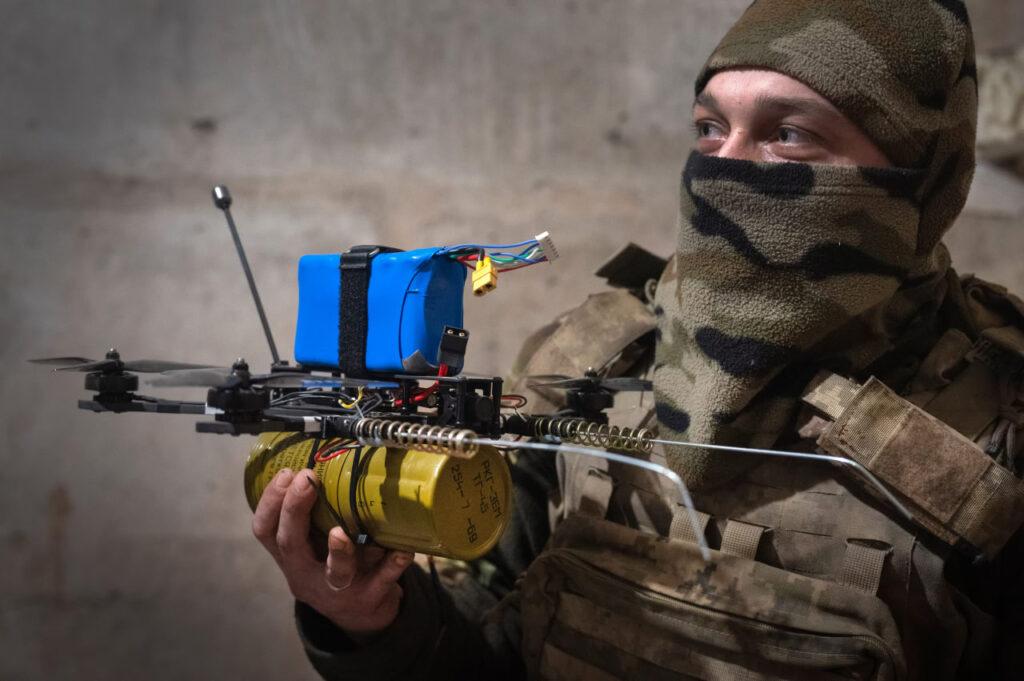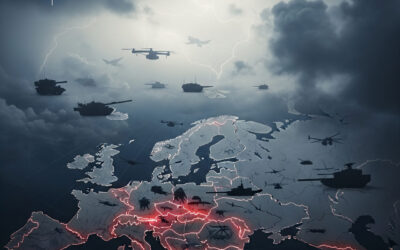In the sprawling, brutal chess game of modern warfare, Ukraine has made a move that’s as audacious as it is revealing: it’s not just fighting Russia—it’s outsmarting it. Deep in Siberia, a thousand kilometers from any frontline, a Ukrainian drone strike obliterated a gas pipeline feeding Russia’s war machine. This wasn’t a random act of sabotage. It was a surgical blow, part of a broader strategy that’s reshaping how we understand conflict. Ukraine isn’t matching Russia’s firepower. It’s dismantling its foundations with precision, ingenuity, and a kind of ruthless clarity that should make every strategist pause.
Let’s be clear: Ukraine’s approach is a masterclass in asymmetric warfare. While Russia bets on scale—swarms of drones, waves of missiles, sheer territorial mass—Ukraine counters with something far more potent: efficiency. The Clear Sky initiative, a homegrown Ukrainian program, deploys $1,800 drones to neutralize Russian ones costing up to $50,000. That’s not just a tactical win; it’s an economic gut punch. For every dollar Ukraine spends, it denies Russia $52 in equipment. This isn’t warfare as brute force. It’s warfare as calculus.
What’s striking here isn’t just the numbers. It’s the mindset. Ukraine has flipped the script on a war that Vladimir Putin thought he’d win in three days. Over 1,200 days later, Russian civilians are waking up to air raid sirens and the wreckage of their own infrastructure—oil refineries, chemical plants, now pipelines. Ukraine’s drones aren’t just hitting targets; they’re forcing Russia to defend its own backyard. Imagine the Kremlin’s dilemma: do you protect Moscow’s skies or guard a factory in Chelyabinsk? Reinforce Crimea or shield Siberia? This is strategic leverage at its most brutal, stretching Russia’s resources thin across its vast expanse.
Frankly, it’s a wake-up call for anyone who still thinks warfare is about tanks and troop numbers. Ukraine’s strikes—on pipelines, on refineries, on the very lifelines of Russia’s military-industrial complex—reveal a deeper truth: modern wars are won by disrupting systems, not just seizing territory. When Ukraine crippled 10-13% of Russia’s oil refining capacity in 2024, it didn’t just dent fuel supplies; it choked the Kremlin’s economic engine. Gazprom, once Russia’s “second budget,” is hemorrhaging cash, posting a $7 billion loss in 2023, its first in 25 years. Layoffs, asset sales, and a desperate pivot to an indifferent China only deepen the wound. Ukraine’s not just fighting soldiers; it’s strangling the war chest that funds them.
There’s something almost poetic in how Ukraine, the underdog, has turned Russia’s size against it. The Kremlin’s sprawling empire, once its greatest asset, is now a liability. Every drone strike in Siberia or Belgorod forces Russia to spread its defenses thinner, to question whether it can protect its own people. That’s not just a military problem—it’s a political one. Russian citizens, long insulated from the war they started, are now seeing it creep into their highways, their factories, their lives. Ukraine’s strategy isn’t just about winning battles; it’s about eroding the myth of Putin’s invincibility.
But let’s not romanticize this. Ukraine’s ingenuity comes from necessity, not choice. The Clear Sky drones, funded by charities and built by Ukrainians, are a testament to a nation fighting for survival. They’re not just tools of war; they’re symbols of a people who’ve refused to be crushed. Yet the stakes are grim. Every drone Ukraine launches into Russia is a gamble, a calculated risk that the Kremlin’s retaliation won’t escalate beyond control. And while Ukraine’s precision is impressive, it’s still David against Goliath—a Goliath with nuclear weapons and a bruised ego.
What nobody’s saying loud enough is this: Ukraine’s strategy is a blueprint for the future of warfare, but it’s also a warning. Smaller nations can outmaneuver giants, yes, but only if they’re willing to fight smarter, not harder. Ukraine’s success lies in its ability to innovate under pressure—crowdsourcing drones, repurposing air defenses, targeting supply chains with surgical precision. But it also exposes the fragility of global powers that rely on bloated, outdated systems. Russia’s crumbling Gazprom is a case study in what happens when arrogance meets adaptability.
The bigger picture here isn’t just about Ukraine’s survival. It’s about a fundamental shift in how wars are fought. Ukraine isn’t reacting to Russia’s moves; it’s setting the tempo, forcing the Kremlin to scramble on its own turf. This is a war of brains over brawn, of precision over scale. And it’s a reminder that even the mightiest empires can be brought to their knees—not by matching their strength, but by exposing their weaknesses. That’s the lesson Ukraine is teaching the world, one drone strike at a time.



